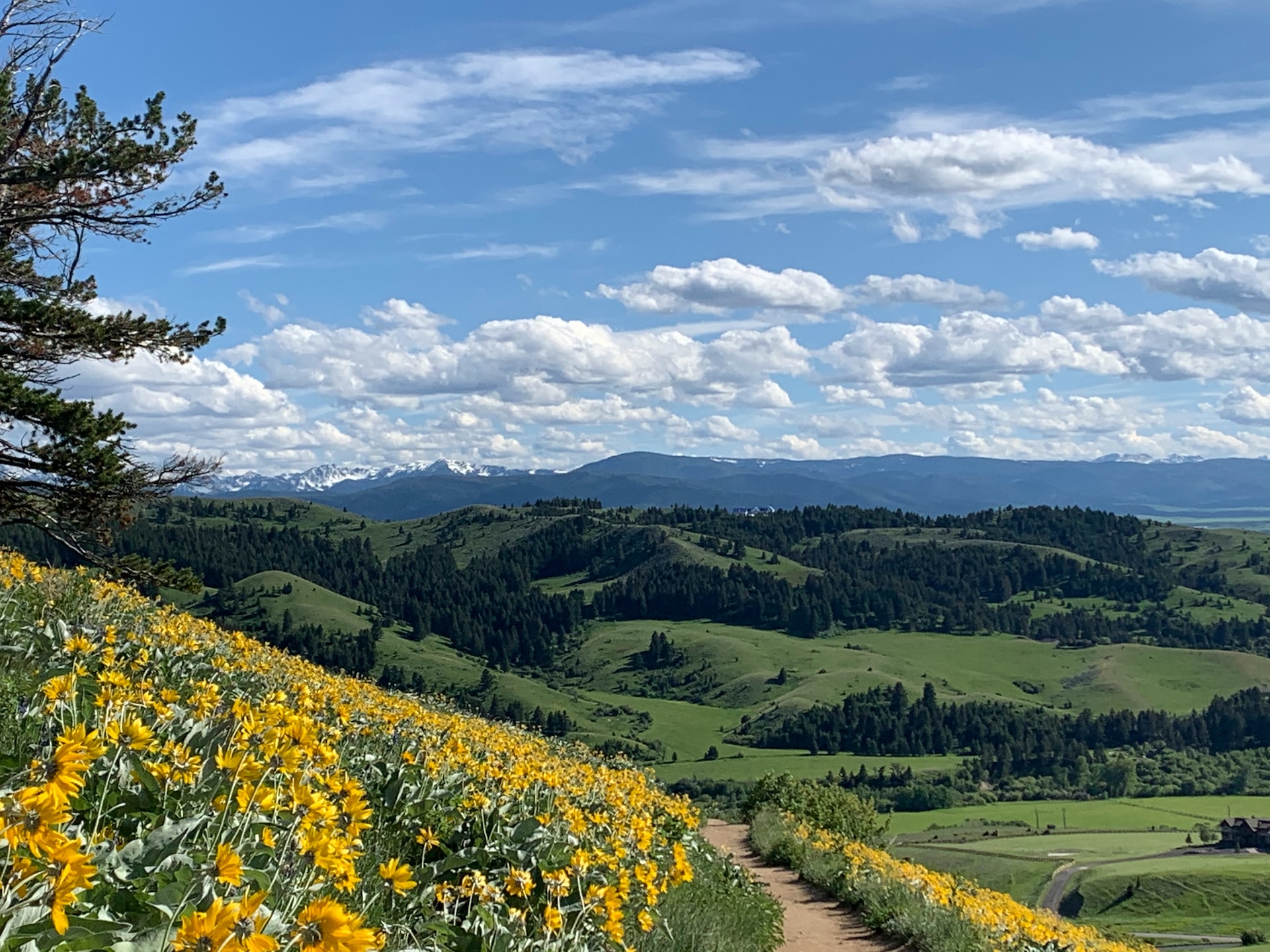Countryside Living And The Environment: How To Balance Development With Conservation And Preservation

Living in the countryside presents a unique opportunity to connect with nature and enjoy the natural beauty of rural landscapes. However, this also brings the responsibility of balancing development with the conservation and preservation of the environment.
The impact of rural development
Rural development, such as building homes, roads, and infrastructure, can have a significant impact on the environment. According to a study by the European Environment Agency, rural areas are often at a higher risk of environmental degradation than urban areas due to increased pressure from human activity, such as land use change and increased water demand. This can lead to habitat loss, soil erosion, and water pollution.
The importance of preserving natural landscapes
Natural landscapes, such as wetlands, forests, and grasslands, play an important role in maintaining a healthy environment. They provide habitats for wildlife, help to regulate the climate, and protect against natural disasters such as floods. Preserving these landscapes is crucial for maintaining biodiversity and ecological integrity, as well as for the benefits they provide to human populations.
Balancing development and conservation
Balancing development and conservation in the countryside can be a difficult task. On one hand, development is necessary for economic growth and for providing housing and infrastructure for the growing population. On the other hand, conservation is necessary for maintaining the health of the environment and preserving natural landscapes.
One way to balance development and conservation is through sustainable development. This approach involves incorporating environmental, social, and economic considerations into decision-making processes. This can be achieved by implementing green building standards, preserving natural landscapes through conservation easements or protected areas, and encouraging sustainable practices such as sustainable agriculture and renewable energy.
The role of the community
The community plays a crucial role in balancing development and conservation in the countryside. Community engagement and participation in decision-making processes can help to ensure that the needs and concerns of local residents are taken into account.
Additionally, community-based conservation initiatives, such as land trusts or community gardens, can help to protect and preserve natural landscapes while also providing economic and social benefits to the community.
Conclusion
Living in the countryside presents a unique opportunity to connect with nature and enjoy the natural beauty of rural landscapes. However, this also brings the responsibility of balancing development with the conservation and preservation of the environment.
By incorporating sustainable development practices, preserving natural landscapes, and involving the community in decision-making processes, we can strike a balance between development and conservation and ensure the long-term health of the environment.





